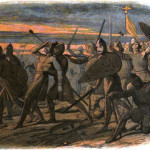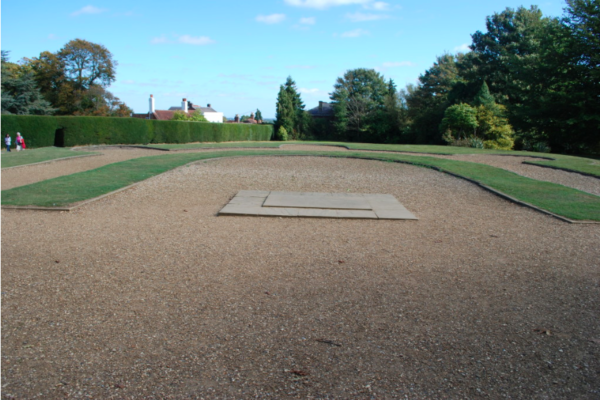
We last left Edward the Confessor, king of England, as he died in January 1066 without leaving any offspring to succeed him. Who was going to be the next king of England? Would it be Duke William of Normandy, a distant cousin, or Earl Harold Godwin? What about the small child named Edgar brought back to England from Hungary by King Edward? Edgar’s family was part of a branch of Edward’s family exiled many years earlier (about the same time Edward was forced into exile in Normandy).
The Battle of Hastings
Let’s fast forward nine months to October 1066. A lot has happened between Edward’s death and October. Duke William gets annoyed that Harold has been crowned king of England after the crown had reportedly been offered to him by Edward (and Harold even went so far as to take a solemn oath to support William in this regard). So what does Duke William do? He puts together a fleet of Norman soldiers and invades England to claim his crown (William’s wife, Matilda, funds and outfits the ship William would sail in).
He and his men meet Harold and the Anglo-Saxon warriors on a hilly field in Hastings, a small village about an hour away from London on the southern coast of England. It was a fierce battle but in the end, Harold is killed and Duke William becomes the next king of England. He is now known for posterity as William the Conqueror. The future of England and France is changed forever. By the way, the next time this happens is on D-Day, 6 June 1944, when the invasion is reversed.

